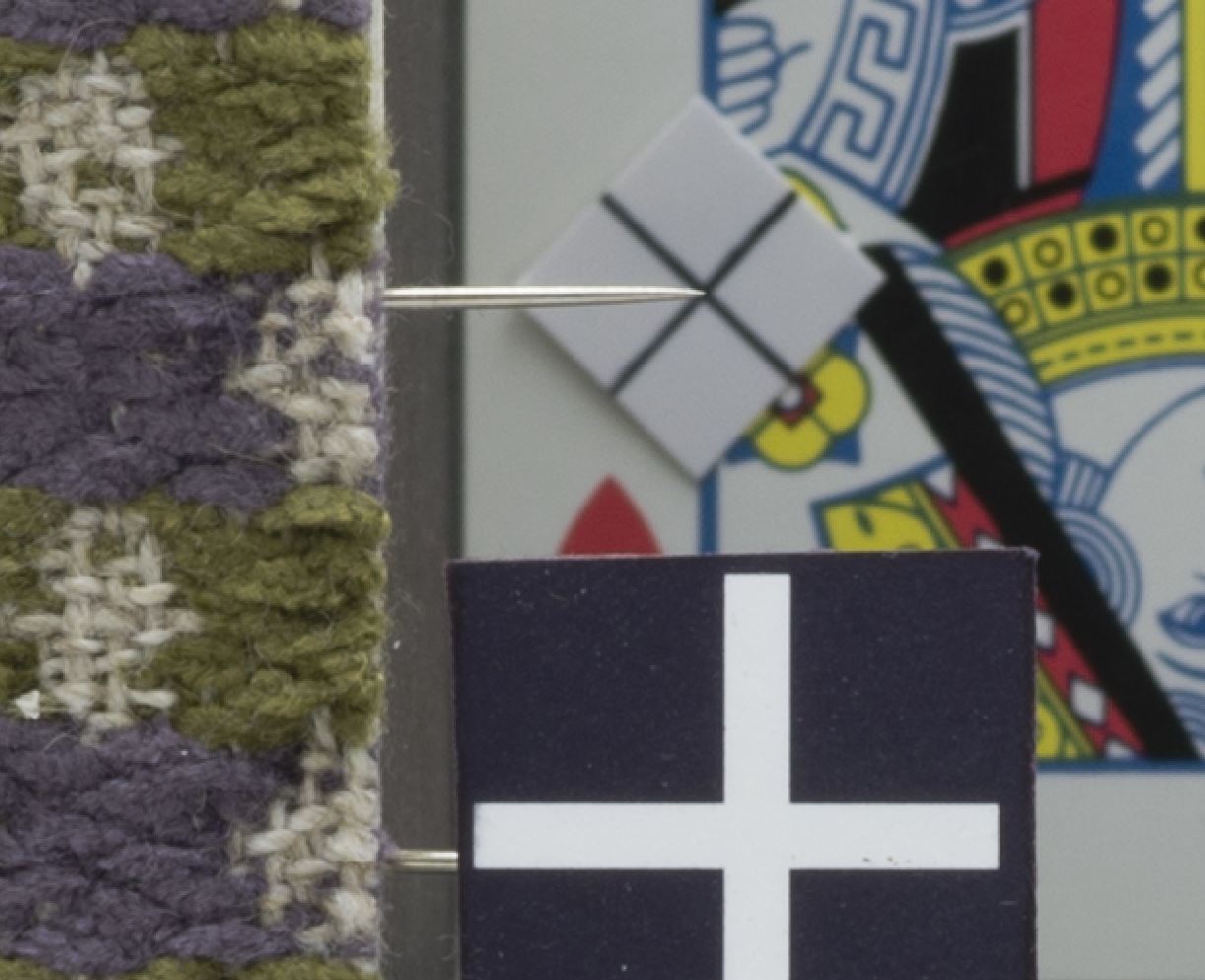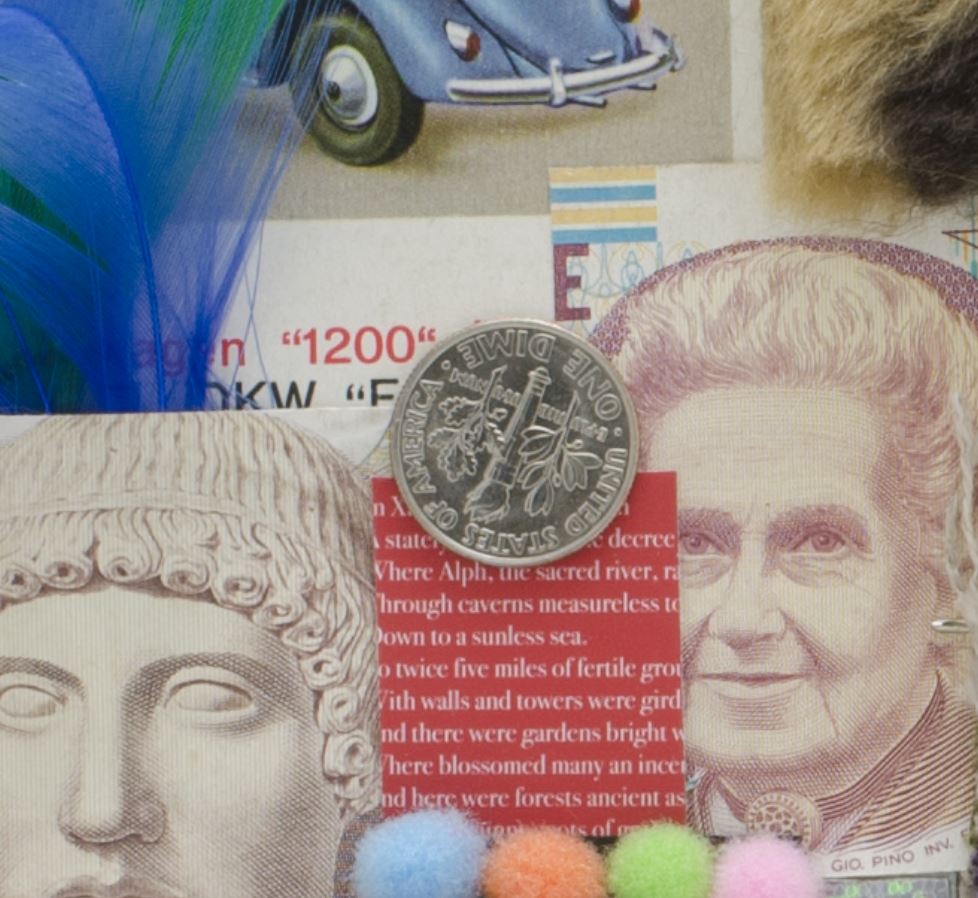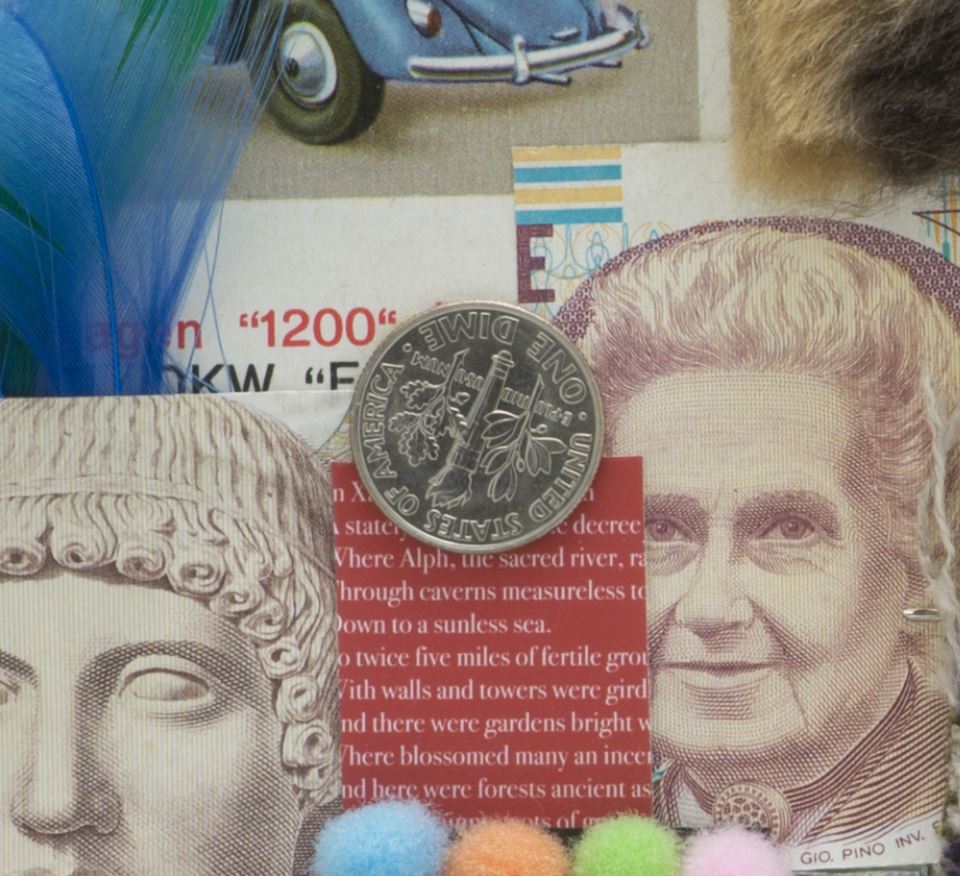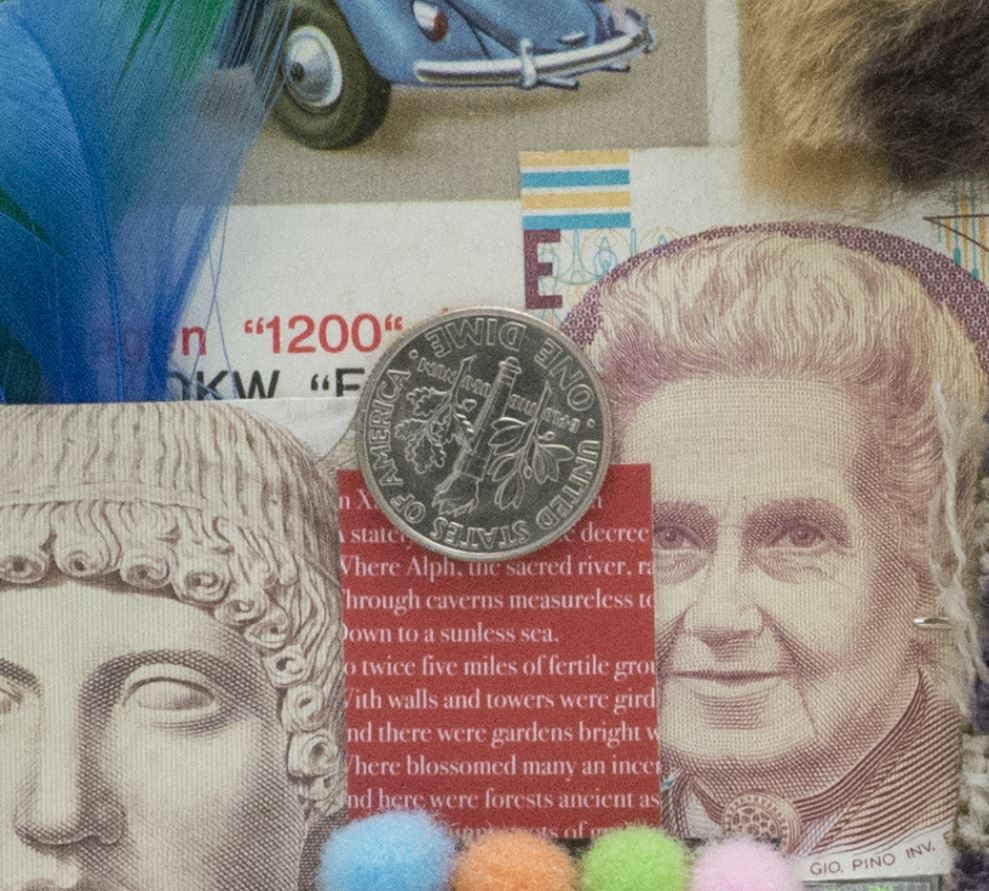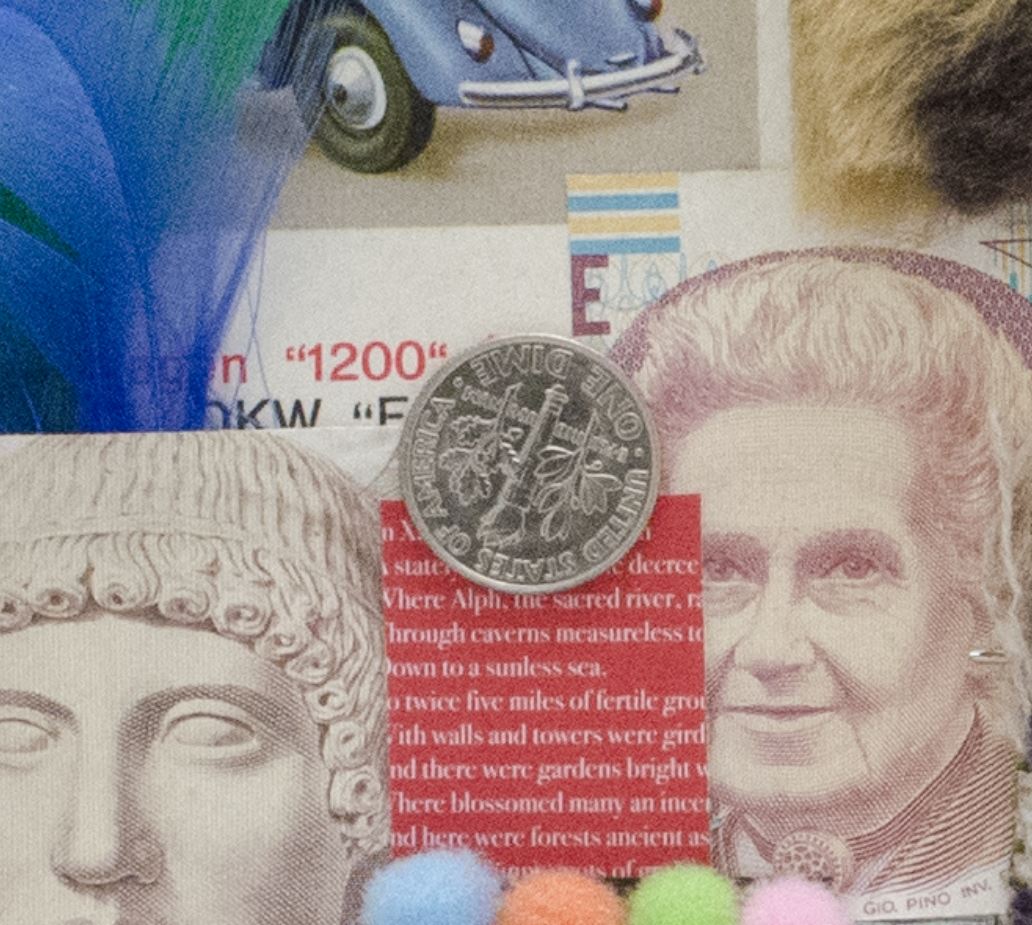- Messages
- 661
- Edit My Images
- No
I still disagree with you Steven - you don't lose dynamic range by cropping - therefore the dx portion of a D8xx image isn't the same as the whole of an image from the D7000 - how can it be?="sk66, post: 6648179, member: 62098"]Careful. If you crop a D8xx/1600 image to DX the results will be about identical to your D7000 images. The MP "cropability" is really a fallacy. it doesn't matter what camera it is, if you crop in you loose overall IQ/performance. And the high MP cameras are *more dependent* on all of that data in order to achieve good IQ.
cheers, cw
Last edited:




 _MPE4277
_MPE4277 _MPE4848
_MPE4848 _MPE4278-2
_MPE4278-2